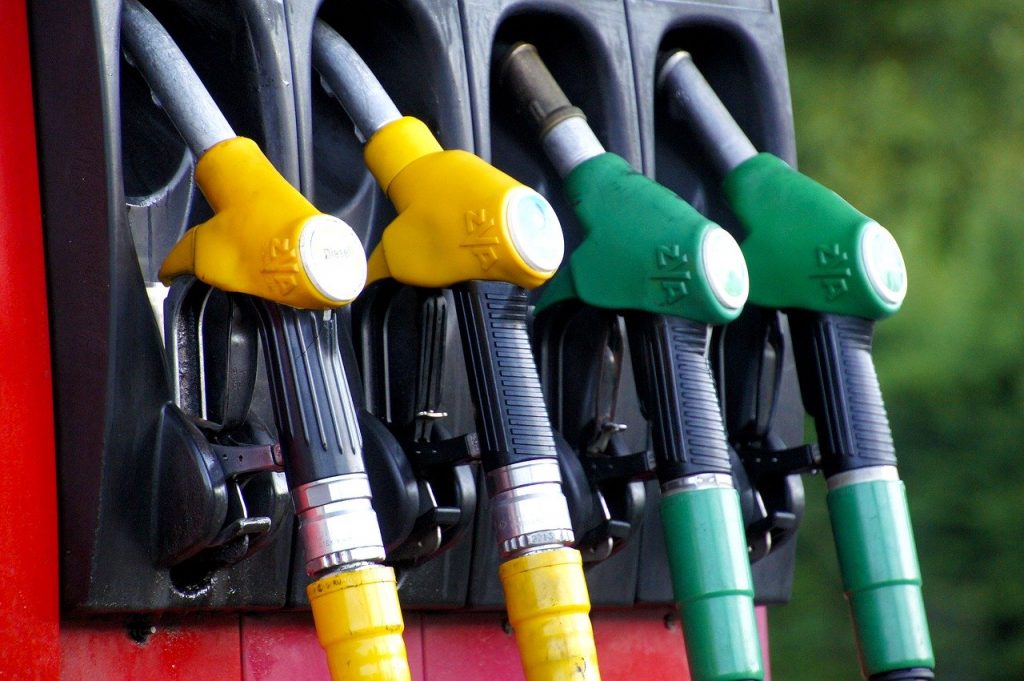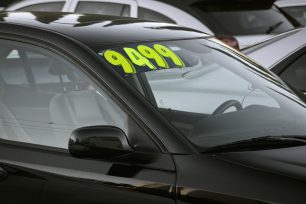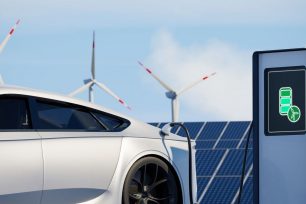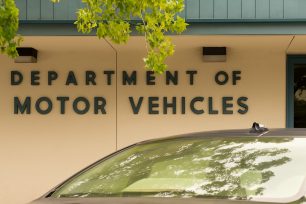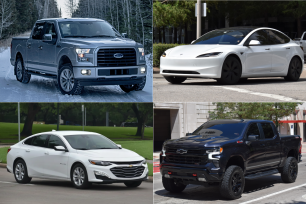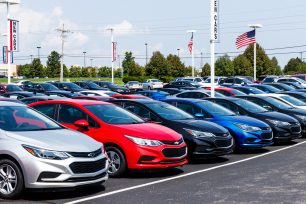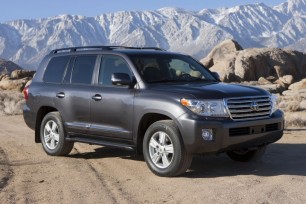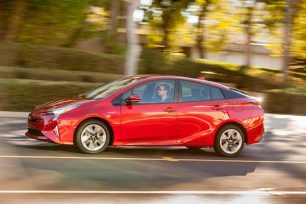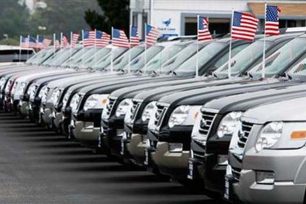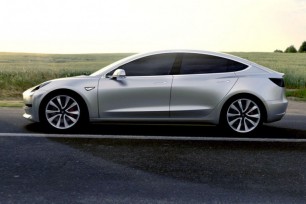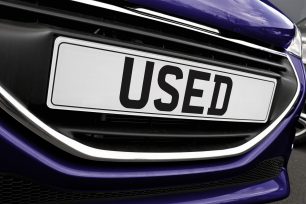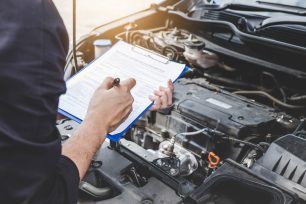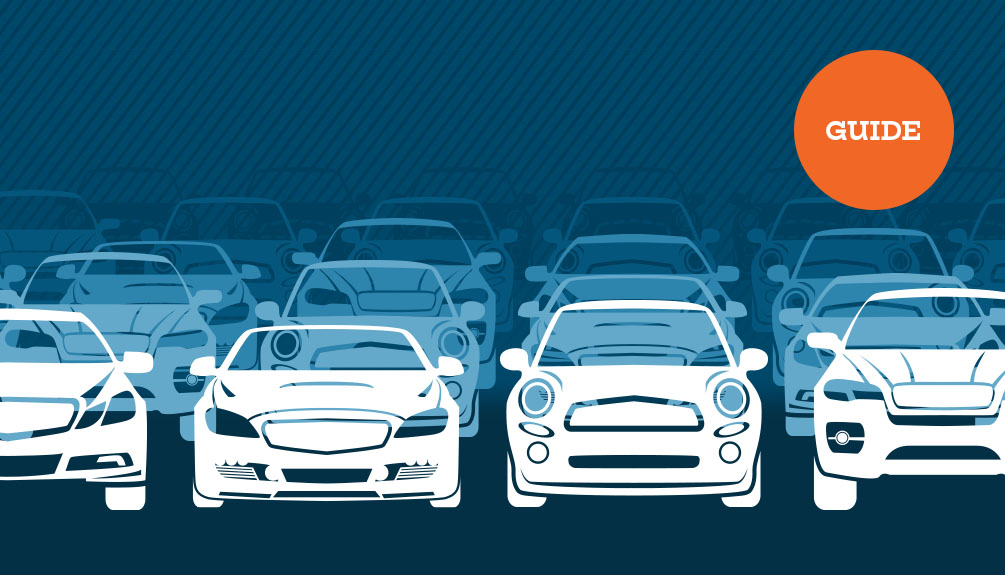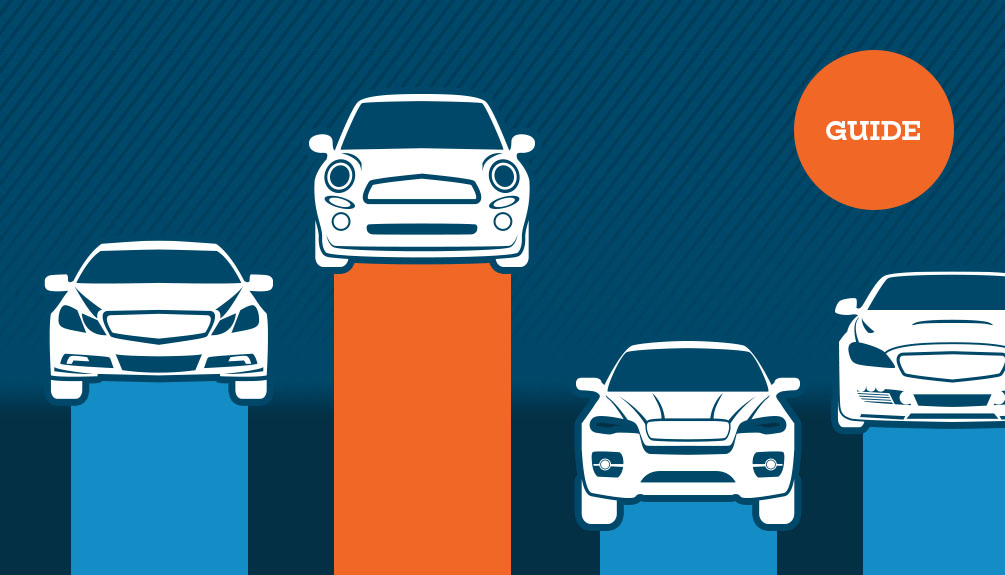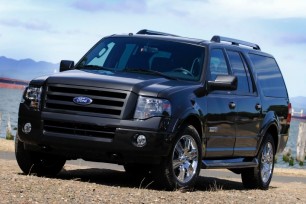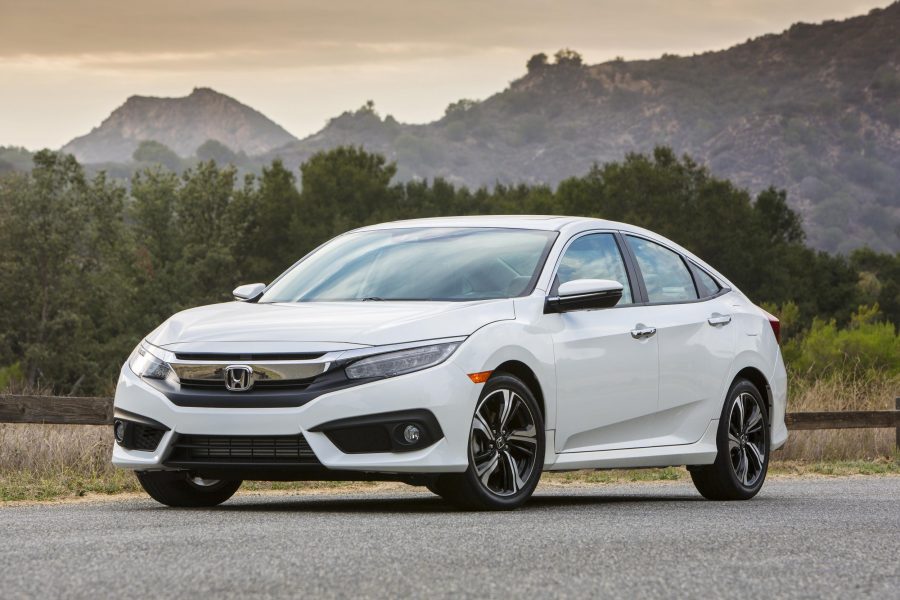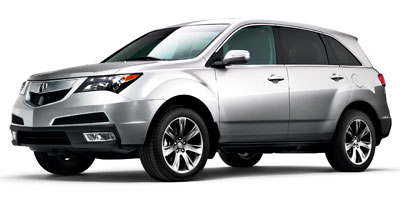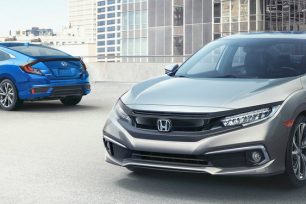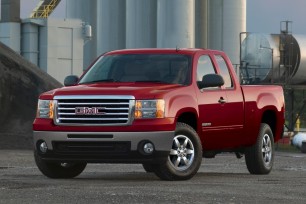If there’s one performance stat everyone cares about, it’s the one that’s denoted by three little words: miles per gallon. Because let’s face it: nobody wants to spend more than they have to when it comes time to fill up. And over time, even the small differences in efficiency between two cars can add up to a lot more spent in fuel over multiple years of ownership.
So yes, fuel economy is important. But it’s easy to be overwhelmed with all the different types of cars out there to understand what’s good mileage and what’s not. To make things a bit easier, we’ve gone ahead and explained what’s behind the window-sticker ratings.
How Standardized Fuel Economy Came to Be
For the first 70 years or so of American motoring, there were no uniform gas mileage standards. Most automakers didn’t even bother releasing fuel economy data. Even for those that did the data wasn’t reliable, as tests were done in-house and were objectively questionable. Test procedures also varied from manufacturer to manufacturer, which meant data could not be accurately compared between brands.
All this changed in the early 1970s, when the government recognized the need to have uniform, comparative fuel economy numbers for all cars and light trucks sold in the United States. The Environmental Protection Agency (EPA) was the third party tasked with collecting this information. In 1974 the EPA released the first of the now-familiar fuel economy scores.
To determine the fuel economy scores, the government devised a test where a car was driven in both urban and non-urban driving cycles. To make things simple, the term ‘city’ denoted the urban cycle and ‘highway’ denoted the non-urban cycle. The combined rating is a weighted average of those two figures, where the city cycle is weighted at 55% and the highway cycle at 45%.
Gas Mileage Today
Ever since initiating standardized fuel economy metrics, the government has continued to improve how it presents this information to the consumer. Today, the modern fuel economy label tells consumers a wealth of information about a car’s given efficiency. Take a look at this sample sticker, for instance:
 The Typical EPA fuel efficiency sticker. See a full explanation of this sticker at https://www.epa.gov/fueleconomy/text-version-gasoline-label
The Typical EPA fuel efficiency sticker. See a full explanation of this sticker at https://www.epa.gov/fueleconomy/text-version-gasoline-label
This is the most current version of the fuel efficiency label. You’ll note that there’s 12 points of reference displayed here. If you want the full rundown on this sticker, take a look at the EPA’s website here. The following, however, are the three most critical takeaways:
2) Fuel Economy - This is the rating everybody hones in on. It represents the results of the government’s fuel economy test in both the city and highway cycle.
3) Comparing Fuel Economy to Similar Vehicles - To make things easier for us, the government lists the best and worst ratings for the given class of car, which in this case is small SUVs. Therefore this line is saying that the worst performer returns 16 mpg and the best can do 32 mpg. These numbers are for both city and highway cycles.
The line below it tells readers of the best combined rating among all new vehicles, regardless of class or segment. In this case, that car gets 90 MPGe. If you’re wondering what MPGe is all about, don’t worry - we’ll touch on it in a moment.
5) Gallons per 100 Miles - This is the efficiency of the vehicle as stated in terms of consumption over 100 miles; in this case, the example small SUV will use 3.8 gallons of gas for every 100 miles driven.
This might seem redundant when the government already gives us the far more common miles per gallon metric. But what most people don’t realize is that fuel consumption per mile has a non-linear relationship with miles per gallon. This means that as the stated MPG of a car goes up, there’s less of a change in how many gallons are used per mile.
For an example, assume you’re comparing a car that gets 10 MPG city to a car that gets 15 MPG. That 5 MPG difference is equivalent to a 3.3-gallon fuel savings over 100 miles if you opt for the 15-MPG car.
Now assume you’re comparing a car that gets 30 MPG with a car that gets 35 MPG. It’s still a 5 MPG difference. But now the difference in consumption for 100 miles of driving drops to just half a gallon. Though the difference in MPG is the same, the gallons per mile (GPM) has dropped dramatically. The lesson here? Don’t get hung up on small differences in gas mileage at the high end of the efficiency spectrum; in the real world it doesn’t translate into a material difference.
Unraveling the Mystery of the MPG Equivalent
For a long time, you bought a gas- or diesel-powered vehicle. That was it - no alternatives, unless you wanted someone’s science experiment they cobbled together in their garage.
Nowadays, that’s not the case. Fully electric vehicles and plug-in hybrids are storming the market, and there’s also a small selection of compressed natural gas (CNG) and hydrogen-powered vehicles as well. These new powertrain types necessitated a relevant metric that appropriately measured their efficiency while also remaining comparative to the standard MPG rating. The result was the miles per gallon equivalent, or MPGe.
Essentially, MPGe represents the distance a car can travel on an amount of fuel that has the energy equivalent of 1 gallon of gasoline. So if you drive a fully electric car, the MPGe represents how far you can drive until you’ve used the same amount of energy that is found in a gallon of gas.
As an example, take the current all-electric Tesla Model 3. It has an MPGe rating of 141 MPGe combined. This means that it needs to go 141 miles in the combined driving cycle before using the same amount of energy that’s burned in a single gallon of gas during a combined driving cycle.
By converting to equivalent energy usage, shoppers can easily compare gas-powered vehicles with those powered by alternative fuels and not get lost in any unfamiliar measurement units or conversion processes.
Factors Affecting Gas MIleage
It should go without saying that all the EPA ratings are not hard-and-fast numbers to swear by. As the fine print on the efficiency label says: your mileage may vary. And the reason it varies is because gas mileage can be affected by all sorts of different factors. Some you can control, others you can’t. But if you want to be a hypermiler, keep in mind all the following:
Powertrain: The fuel efficiency you’ll get begins and ends with the powertrain you buy. A Dodge Charger with an eight-cylinder Hellcat engine is going to quaff fuel at a far more judicious rate than a Honda or Toyota with a four-cylinder engine; likewise, hybrid cars will get better mileage than those powered by a gasoline engine. If you’re buying a new car, all this is worth keeping in mind when you take a look at the increasingly diverse powertrain options available.
Another factor to consider is your transmission type. A six-speed automatic transmission, for instance, might not be as efficient as an eight-speed automatic or CVT. If you prefer a manual transmission over an auto, note that these days the manual isn’t the more efficient choice - technology has made it so that automatics now deliver the best gas mileage.
A final point to make is regarding drivetrain. The drivetrain is what wheels are the ones receiving power - rear- or front- or all-wheel drive are all popular options from compact cars up to full-size SUVs, with four-wheel drive available on the more capable SUVs and pickup trucks. Of these, FWD is the most efficient, followed by RWD. AWD and 4WD lag behind, due to the extra weight and friction losses stemming from their additional hardware.
Vehicle Type: Of course, you can’t always pick the most fuel efficient option. Your needs might dictate getting a pickup truck or minivan, and that means accepting the less-than-ideal EPA estimates for a big Chevrolet Silverado or Kia Sedona. On the other hand, if you’re stuck between a hatchback and a small SUV or crossover, the hatchback will usually be the more economical choice. It won’t be any less practical or comfortable for your normal usage and commute, either.
Weather Conditions - the vagaries of the weather will very much affect gas mileage. There’s a number of reasons why, including denser air that causes more aerodynamic drag, longer engine warm-up times, and more power draw from accessories like heaters and defrosters. In the winter the gas stations also switch to a less potent winter fuel blend, which packs in less energy per gallon compared to the summer fuel grades.
The impacts of all this to your mileage can be significant. According to the government, about 20% efficiency can be lost in winter for a conventional car. A hybrid has it worse, losing about 30% of its efficiency during the cold season.
Octane Ratings - Here in America, fuel largely comes in four levels of octane: 87, 89, and, depending on the station, 91 or 93 (and some places, such as high-altitude Colorado, there’s 85 on offer as well). Most people fill their tanks with 87 - the regular stuff, and also the cheapest - and go on about their day. But the level of octane in gasoline can make a difference in efficiency and engine performance.
Different octane levels change the burn rate on gasoline - that is, how fast the gas ignites during combustion. Some engines are designed to run on premium, which burns faster and give more performance. On these engines, running the lower-octane stuff can cause decreases not only in performance but also in gas mileage, as they aren’t tuned to run on lower octane fuel. By sticking with the manufacturer’s recommended fuel grade, you have better gas mileage and performance, thereby reducing the out-of-pocket additional cost for premium fuel.
Driving Style - Probably the best thing you can do to improve your mileage is alter your driving style. A lot of people like to be hard on the gas during acceleration and equally hard on the brakes during a stop. This means the car is revving higher and shifting more often, both of which can negatively affect your gas mileage.
By coasting more often, accelerating more leisurely, braking more linearly, using cruise control on the highway, and generally not running your engine as hard, you’ll be rewarded with better mileage - and less wear and tear on your engine. You’ll find it’s a more relaxing way to drive, too.
Whether you want an electric vehicle, a less-than-efficient pickup truck, or anything in between,you can search over 4 million new and used cars with iSeeCars’ award-winning car search engine. You can even search by MPG to compare fuel efficiency among vehicles. iSeeCars.com helps shoppers find the best car deals by providing key insights and valuable resources, like the iSeeCars VIN check report.

